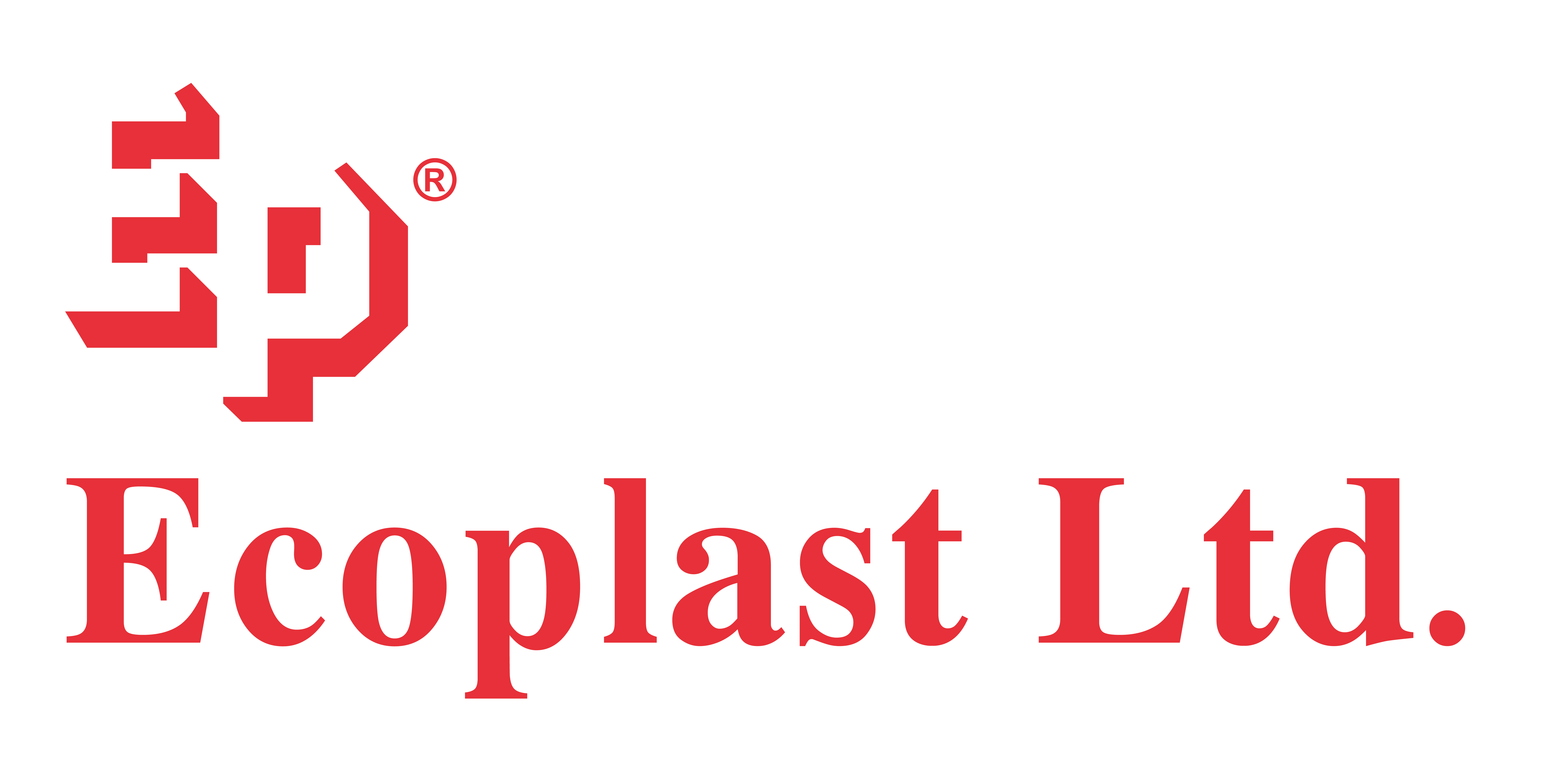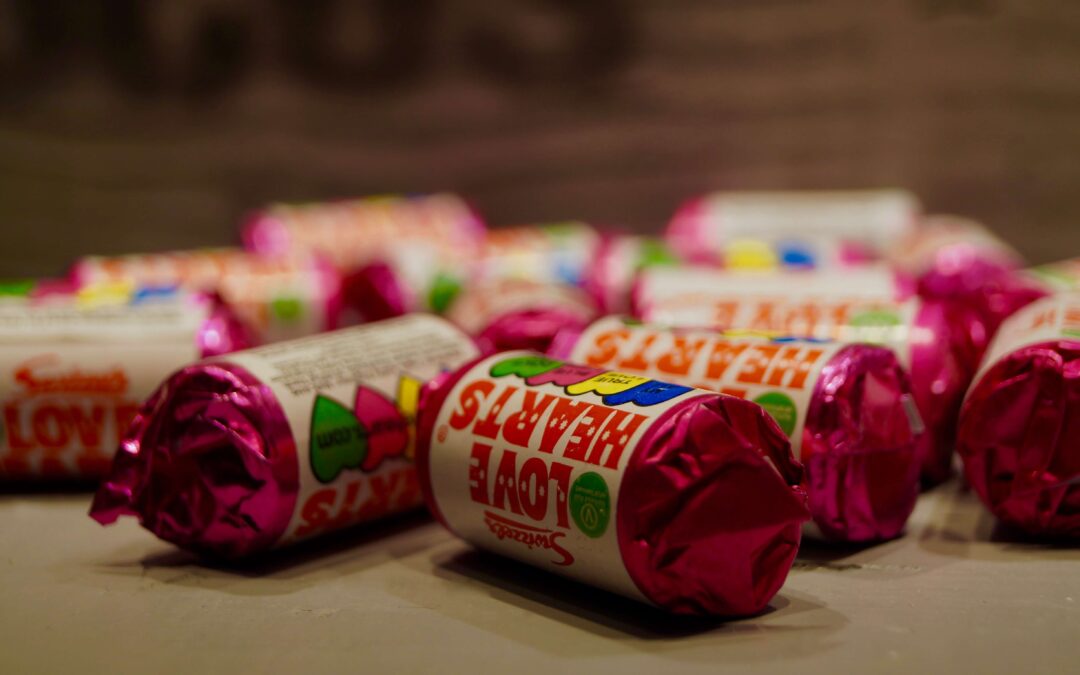Laminating Film Rolls: All You Need To Know
We are now living in an ever-evolving world run by technology at its finest; a world where there is demand for only the best, and little to no room for anything else that falls short of perfection. Consumers today expect a product to live up to its highest potential, serving their needs and wants in a seamless way.
This new-age demand has paved the way for not just superior quality products, but also superior packaging that is designed exclusively to preserve these products. This premium protection is enabled by the flexible packaging industry through the many innovations that the sector is home to – one of the greatest gifts being that of ‘Laminating Film Rolls’. To better understand the role of laminating films, let’s first analyze the meaning, types, and benefits of laminating films, along with the factors to consider while buying the ideal one.
What Is A Laminating Film Roll?
With flexible packaging applications, the process of lamination becomes important when a single material is not enough to meet all of the product’s requirements. A composite made up of two or more layers of material is designed to achieve the desired results. For this purpose, different polymeric films can be laminated with other films, foils, and papers with a polymeric adhesion agent. This practice comes in handy when end-products have to have multi-functional features such as improved barrier to moisture and/or oxygen, improved shelf life, improved puncture resistance to name a few. From food menus to medical packaging to liquid foods packaging – these films cater to the needs of multiple businesses and industries.
What are lamination film rolls? As the name suggests, it is basically lamination film available in the roll form instead of a pouch form. These rolls are made available via laminating machines designed specifically to take rolls and require two lots of film – one for the top of the document and one for the bottom. Of all the options, roll laminating films are the most versatile, while also being the most affordable. The only challenge is selecting the right film for your products. Let’s explore the types of laminating films to help you make the right choice.
Primary Types Of Laminating Film Rolls
1. Thermal Laminating Films (Hot Laminating Films):
These films are also called standard laminating films or premium laminating films. They have to be exposed to high temperatures for long periods in order to seal and adhere to the material you are laminating. They generally have a melting point temperature between 230º F and 270º F. The films offer excellent strength, along with heat and chemical resistance, and are perfect solutions for the bonding of difficult surfaces, including rubber and polymer-based materials.
2. Pressure Sensitive Laminating Film (Cold Laminating Film):
These self-adhesive films stick and adhere to media or material without the use of heat. They are easy to apply, no heat or equipment is needed for a bond to be made, and they perfectly fit into the role of attachment or mounting adhesives. They also function well in environments with temperatures between 59º F and 95º F. They are great solutions for bonding multiple materials like paper, plastic, metal, and concrete.
3. Low Melt Laminating Film:
Low melt films come under the thermal laminating category itself, but they have a lower melting point and are comprised of two adhesive types instead of one. The melting point temperature is generally between 180º F and 230º F. They make for perfectly transparent laminating, and stand somewhere in between thermal laminating and cold laminating. Given the crystal clear lamination feature, these films are the ideal choice for digital prints, photos, charts, art displayed, and such.
Top 3 Benefits Of Laminating Films
1. Enhanced Durability:
Laminating is one of the best ways to safeguard products, especially the paper packaging pouches or boxes to be used for food items or paper documents. The clear coating enhanced the durability of the product, keeping it safe from mishaps like leakage or spillage. Moreover, laminating films also make it much easier to keep the product surfaces neat and clean.
2. Multiple Features:
Laminating films come with multiple features. They improve the strength of the base packaging material, making it more tear-resistant. They also help keep products safe from damaging elements like UV rays, moisture, gas, oxygen, and such. This works wonders when it comes to preserving the natural aroma and flavour of food products, keeping them fresh for long.
3. Premium Look:
Apart from making the packaging sturdier and reliable, laminating films hold the potential to give a sophisticated look and feel to the product packaging. One of the best advantages here is that these films come in different finishes as well. Using films with a gloss finish can amp up the visual appeal of the products; while a matte finish can add a hint of texture to the packaging.
What To Consider When Buying Laminating Rolls?
1. Core Size, Roll Width & Length:
Roll core size, width, and length – these are the three key factors you must consider. The kind of laminating film roll you should buy largely depends on the type of laminator you own. The comforting fact is that most laminators are thoughtfully designed to work well with different roll core sizes and lengths. The three standard core laminating film sizes are 1” (25mm), 2 ¼” (57mm), and 3” (75mm). The width varied from 9” up to 60”. When it comes to the length, most films have average standard lengths – make sure to not invest in a roll that is unusually long.
2. Film Grade:
Film grade refers to the degree of adhesive strength that helps the film adhere to the base material. Each type of laminating film has a unique film grade. When it comes to everyday applications, a standard film works well. However, for base materials that demand enhanced protection, high-quality films are the ideal solution, for example, the low melt films that come with stronger adhesive. Other promising options include non-thermal, super strength adhesive, and nylon laminating films.
3. Film Thickness:
The rapid advancements in the flexible packaging industry have paved the way for an impressive range of options with regards to laminating film thickness. Picking film rolls with the right thickness depends on how sturdy and rigid you want the laminating to be. The thickness of lamination film is measured in mils. The higher the mil count, the more sturdy (less flexible) the final output will be. One mil is equal to 1 / 1000th of an inch which is incredibly thin. A 1.5-mil film would be ideal for business cards, whereas a 10-mil film would be ideal for ID badges.
Ecoplast Ltd, One Of The Leading Lamination Film Roll Suppliers In India
Being one of the topmost laminating film manufacturers with a 40-year-old presence in the industry, we provide films that are exclusively adapted for high-speed lamination and have excellent anti-static qualities. They also feature strong adhesive anchoring, resulting in great paper bonding.
Our Lamination PE films are the ideal choice for the packaging of various FMCG products such as food, beverages, cosmetics, personal care, and hygiene products. Moreover, they can be complemented with one or more substrates, such as PET, BOPP, aluminium foil, paper (to name a few), depending upon the packaging system and the product to be packed. Our offerings include:
–C4 Grade Lamination Film – EcoGen™ 100 – A
–C8 Grade Lamination Film – EcoGen™ 101 – A
–1 Layer Grade Lamination Film – EcoGen™ 102 – A
–2 Layer Grade Lamination Film – EcoGen™ 103 – A
Explore our premium range of laminating films online. To know more about our products, contact us at: +91-22-2683 3452 / +91-22-2683 1403, or drop an email at: [email protected]


Recent Comments